Are you ready to skyrocket your mobile app growth in 2025? Look no further.
In this article, we'll dive deep into the world of user acquisition strategies, app store optimization, content marketing, and market analysis to equip you with the tools and knowledge you need to boost your app's growth like never before.
Whether you're seasoned app developers or just starting out, our guide will provide you with actionable insights to attract and retain valuable users. So buckle up and get ready to take your app experience to new heights with our expert tips and tricks.
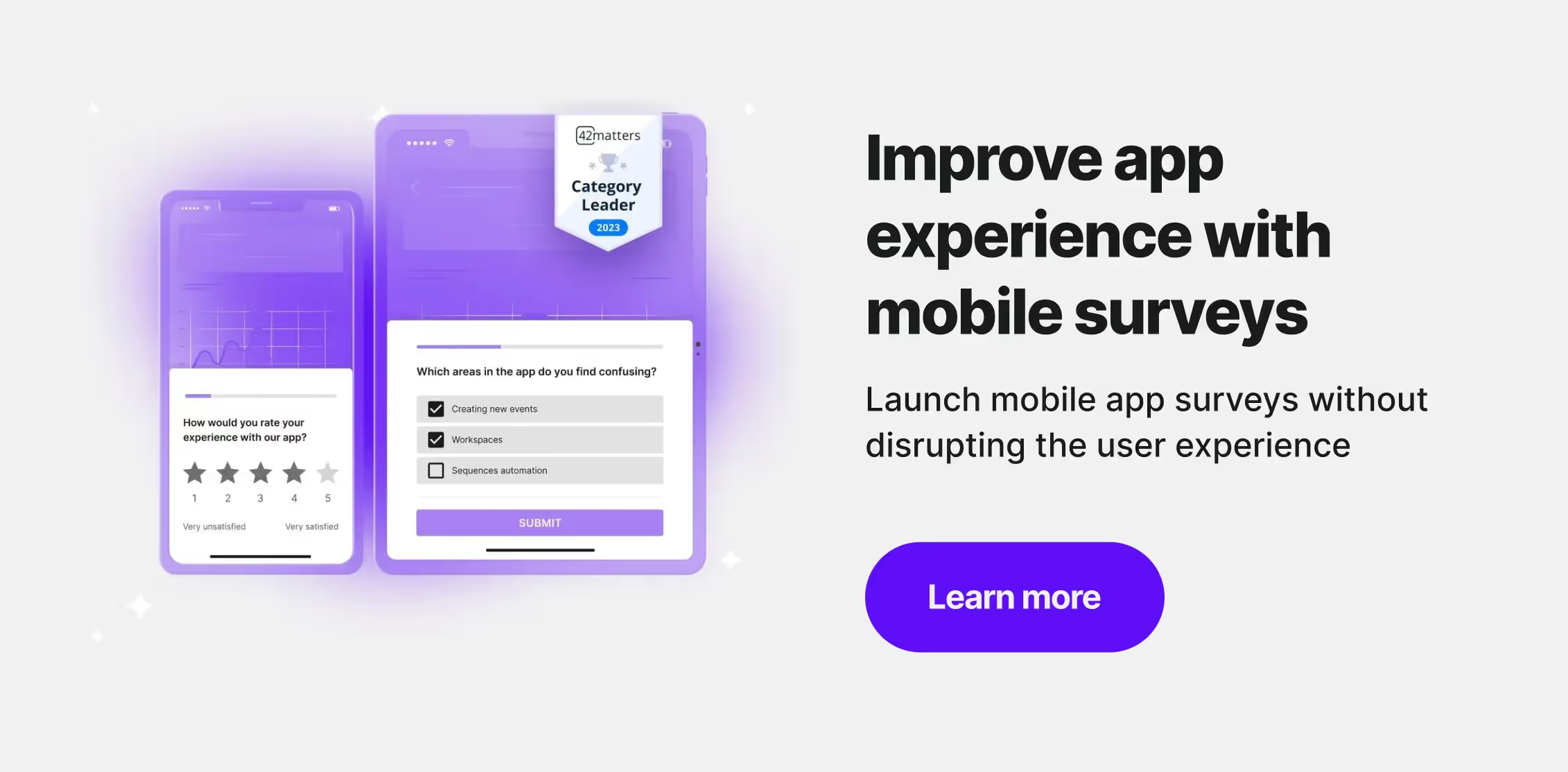
What is mobile app user acquisition?
Mobile app user acquisition is the process that defines the success of your app. It isn't just about getting your app onto a user's device; it's a meticulous strategy that involves attracting, convincing, and retaining users. With millions of options at their fingertips, users have the luxury of choice, making it crucial for your app to stand out. Your app user acquisition efforts determine how well your app performs against competitors and how efficiently it grows its user base over time.
Understanding different user acquisition strategies is key to finding users who will not only download your app but also engage with it regularly. Tactics such as optimizing for the app store, leveraging paid and organic channels, and implementing referral programs are part of a broad toolkit available to you. Each method has its unique set of advantages and challenges, but the goal remains the same: to increase downloads and foster a loyal user community.
Monitoring and optimizing your mobile app user acquisition process is as important as the strategies you implement. Tracking metrics allows you to refine your tactics, understand user behavior, and make data-driven decisions. By measuring your campaigns and adjusting based on performance, you can ensure that your user acquisition efforts are as effective and efficient as possible. This constant cycle of analysis and refinement is what makes mobile app user acquisition an exciting and dynamic field.
Market analysis
In mobile app marketing, a comprehensive market analysis empowers you to make data-driven decisions. It's crucial to understand the dynamics of the competitive landscape, evaluate the preferences and behaviors of your target audience, and keep abreast of relevant industry trends.
Competitive landscape
When analyzing your competitors, focus on their user acquisition strategies to infer what's working well in the market. Look at their marketing channels, user reviews, feature sets, and performance in app store rankings. Make a comparison table that evaluates these variables across your competitors to identify patterns and gaps that could signify opportunities for your mobile app.
Target audience research
Understanding your target audience involves more than just demographics; it's about diving into psychographics and usage patterns. Conduct surveys and use analytics tools to gather data on what motivates your users and when they're most likely to engage with your app. Create a customer persona with a list of characteristics, interests, and behaviors that represent your ideal user. This will guide you in tailoring your user acquisition strategies effectively.
Organic user acquisition
Organic user acquisition relies on methods that allow users to find your app without directly paying for traffic. Initially, focus on app store optimization (ASO), which includes keywords, titles, descriptions, and visuals to improve your app's visibility in app stores. Equally essential is crafting a robust online presence through content marketing to share helpful information that funnels potential users to your app.
- ASO: Research and utilize relevant keywords in your app's title and description.
- Content marketing: Publish articles, blogs, or videos that provide value to your audience and subtly steer them towards your app.
Paid user acquisition
Conversely, this mobile user acquisition strategy involves financial investment to drive traffic. This includes paid advertising across multiple platforms, such as social media, search engines, and other mobile apps. Utilize targeted ad campaigns based on user data to reach your ideal audience effectively and measure key performance indicators (KPIs) to determine the success of your paid ads.
- Paid advertising: Invest in ads on platforms like Facebook or Google AdWords, and tailor your messages to your target demographic.
- Targeted campaigns: Use demographic data to create ad campaigns that resonate with potential users.
App Store Optimization
App Store Optimization (ASO) is crucial for increasing your mobile app's visibility in app stores. It can significantly enhance your app's potential to stand out among millions of other apps, helping you to attract more users organically.
Keyword optimization
To optimize your app for search queries, choose keywords carefully based on relevance, search volume, and competition. Use tools to conduct keyword research and include these keywords in your app title, description, and metadata. Strive for a balance; do not overstuff keywords as this can negatively impact your app’s discoverability.
Visual optimization
Your app's visual appeal directly influences user engagement. Optimize your app icon, screenshots, and preview videos to be eye-catching and reflective of your app's core features and brand. A well-designed icon can boost recognition, while informative and visually appealing screenshots and videos can increase the click-through rate (CTR).
Conversion rate optimization
Monitoring and enhancing your app's conversion rate is an essential part of any mobile user acquisition strategy. Analyze user behavior to understand what drives app installs, and A/B test different elements like screenshots, descriptions, and icons. Incremental changes, informed by user feedback and mobile analytics, can lead to better user acquisition and retention.
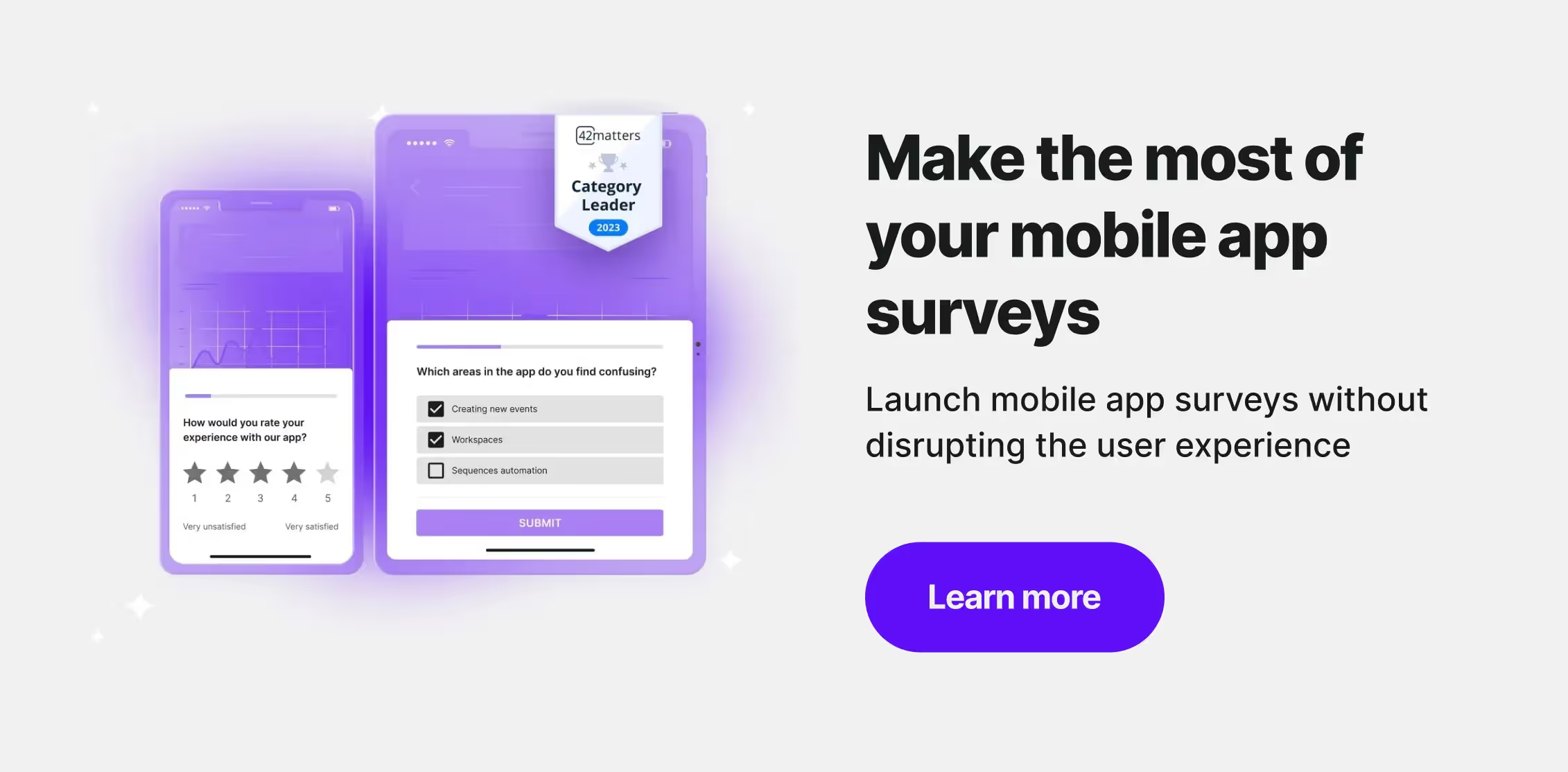
Advertising campaigns
Implementing effective advertising campaigns is essential for your mobile app's user acquisition. By leveraging various platforms, you have the opportunity to connect with potential users at different stages of the digital landscape.
Social media ads
Social media platforms offer targeted advertising options that allow you to reach specific demographics based on interests, behaviors, and more. Facebook Ads can be particularly powerful, providing robust analytics to track campaign performance. For instance, utilizing Facebook's Lookalike Audiences can help you reach new users similar to your current ones.
Search engine advertising
Google Ads is an essential tool for capturing user interest at the moment of search. You can use keyword targeting to show ads to mobile users searching for specific terms related to your app. Google Ads also offers app-specific ad formats such as app install campaigns that can directly lead to more downloads.
In-app advertisements
In-app ads can drive user acquisition by displaying your app's ads within other mobile applications. This cross-promotional strategy works well because it targets users already engaged in mobile app usage. Key platforms for this strategy include AdMob by Google and Unity Ads, which also offer analytics to optimize your advertising efforts.
Content marketing
Content marketing is a mobile user acquisition strategy designed to attract and retain app users through valuable content. This method positions your app as an authoritative voice in your niche and creates genuine user interest.
Blog posts
Crafting informative and engaging blog posts related to your app's niche can drive organic traffic to your app. By focusing on SEO best practices, you increase visibility and attract potential users actively searching for the solutions your app provides.
- Topics: Choose topics that align with user interests and pain points.
- Frequency: Consistently publish posts to keep your audience engaged.
- CTAs: Include clear calls-to-action that direct readers to your app.
Video content
Leveraging video content can captivate your audience effectively. Videos can explain your app's features or provide educational content related to your app's purpose.
- Types of Videos
- Demo videos show how your app functions.
- Tutorials offer guidance on using your app to solve specific problems.
Influencer partnerships
Collaborate with influencers who can persuasively introduce your app to their followers. Select partners whose audience demographics overlap with your target users.
Criteria:
- Ensure influencers align with your brand values and voice.
- Analyze their engagement rates for authenticity and impact.
Campaigns:
- Run campaigns where influencers use or review your app.
- Track campaign results to measure influencer effectiveness.
Public relations
Public relations (PR), as a mobile user acquisition strategy, plays a pivotal role in creating visibility and credibility for your app. It helps you connect with the media and your target audience through compelling stories.
Press releases
Draft a press release whenever your mobile app reaches a significant milestone, launches a new feature, or wins an award. Remember to:
- Highlight the core message
- Include relevant data and quotes
- Target publications that cater to your app's demographic
For effectiveness, distribute your press release through services that specialize in your app's niche to reach industry-specific journalists and publications.
Media outreach
Media outreach requires building relationships with journalists, bloggers, and influencers. Steps to take include:
- Research relevant media contacts and tailor your pitch
- Engage with them on social media before sending a cold email
- Provide valuable and newsworthy content they can use
By using these strategies, you increase the possibility of your mobile app being featured, which can significantly boost user acquisition.
Data analytics and metrics
To effectively grow your app, leveraging data analytics and understanding the right mobile app metrics are imperative. The insights gained from this analysis are pivotal to informing your user acquisition strategy.
User engagement tracking
Tracking user engagement is vital to understanding how individuals interact with your app. Key engagement metrics include:
- Daily Active Users (DAU) & Monthly Active Users (MAU): Indicates the app's regular usage.
- Average Session Length: Reveals how long users are engaged during a single session.
- Retention Rate: Measures how often users return to your app after their first visit.
These metrics provide a clear picture of your app’s stickiness and can highlight areas for improvement to boost user retention. Engaged users are more likely to convert into paying customers, which is why they are key to the success of your app.
KPIs for acquisition
Understanding the Key Performance Indicators (KPIs) for acquisition allows you to evaluate the cost-effectiveness of your marketing efforts. Focus on these KPIs:
- Cost Per Install (CPI): Reflects the cost to acquire a new user who installs your app.
- Customer Acquisition Cost (CAC): Sums up the total cost of acquiring a new customer, including all marketing expenses.
- Customer Lifetime Value (CLTV): Projects the revenue a customer will generate throughout their relationship with your app.
Strategically analyze these KPIs to adjust your marketing activities and optimize your user acquisition. By doing so, you ensure that every dollar spent is an investment towards profitable growth.
Social media and community
Understanding how to effectively engage with potential users through social media and building a robust community can significantly boost your mobile app's user acquisition efforts.
Building a community
To build a community around your mobile app, start by identifying and establishing a space where your prospective and current users can interact both with you and with each other. This might be a dedicated forum, a Discord server, or a Facebook group. Your goal is to create an environment that provides value and fosters loyalty, leading to increased app installs and regular engagement. Remember to provide consistent and quality content, prompt support, and opportunities for users to offer feedback and contribute ideas.
Using social media channels
Engaging with users on social networks like Twitter, Instagram, and LinkedIn is a dynamic way to increase your mobile app's visibility. Tailor your strategy to each platform:
- Twitter: Share short, timely updates and engage via hashtags.
- Instagram: Use visually appealing posts and stories to showcase your app's features.
- LinkedIn: Create a value-led LinkedIn content strategy that resonates with your audience.
To optimize your social media efforts, consider utilizing paid advertising targeted to your app's demographic; track metrics to refine your strategy. Engage with influencers whose followers align with your target audience; their endorsements can lead to substantial user growth.
Partnerships and collaborations
Exploring partnerships and collaborations is a strategic step in enhancing your mobile app's user acquisition. Engaging in reciprocal or revenue-based relationships can drive growth and visibility for your app.
Cross-promotions
You'll benefit from cross-promotions by partnering with other mobile app developers or brands to mutually promote each other's content. This typically involves:
- Showcasing each other's apps within your own applications.
- Leveraging shared audiences to increase visibility without additional marketing costs.
To implement a successful cross-promotion, consider the following:
- Identify apps with similar target audiences but non-competing services.
- Agree on promotion specifics, like banner placement or push notification frequency.
- Track performance to understand the partnership's impact on user acquisition.
Affiliate programs
By integrating affiliate programs into your user acquisition strategy, you encourage third parties to promote your app in exchange for a commission. This is achieved through:
- Offering unique tracking links or promotion codes.
- Providing marketing assets like banners or email templates to your affiliates.
Here are steps to get the most out of affiliate programs:
- Choose the right affiliates who align with your app's niche and values.
- Set competitive commissions to incentivize high performance.
App user retention strategies
Effective retention strategies are vital for maintaining a high level of user engagement and preventing churn in your app. These strategies are focused on keeping your users interested and invested in your app over time.
User feedback integration
Actively seek and integrate user feedback to make your app more responsive to user needs. Set up in-app surveys and prompt users for reviews to gain valuable insights. For example, if a significant number of users report difficulty with a specific feature, prioritize improving that area.
To do it in a structured way, you can use a dedicated customer feedback management tool such as Survicate's Insights Hub. You just need to connect all your feedback sources: app store pages, online reviews, surveys, or support chats, and the AI does the rest. It automatically categorizes all your feedback into topics and annotates sentiment to each one.
Watch the demo to see how it works ⤵️
You can ask any question related to your feedback using the AI chat called Research Assistant. It uses the Insights Hub data to source the answers. Additionally, it points to the original feedback, so you can be sure there's no hallucination.
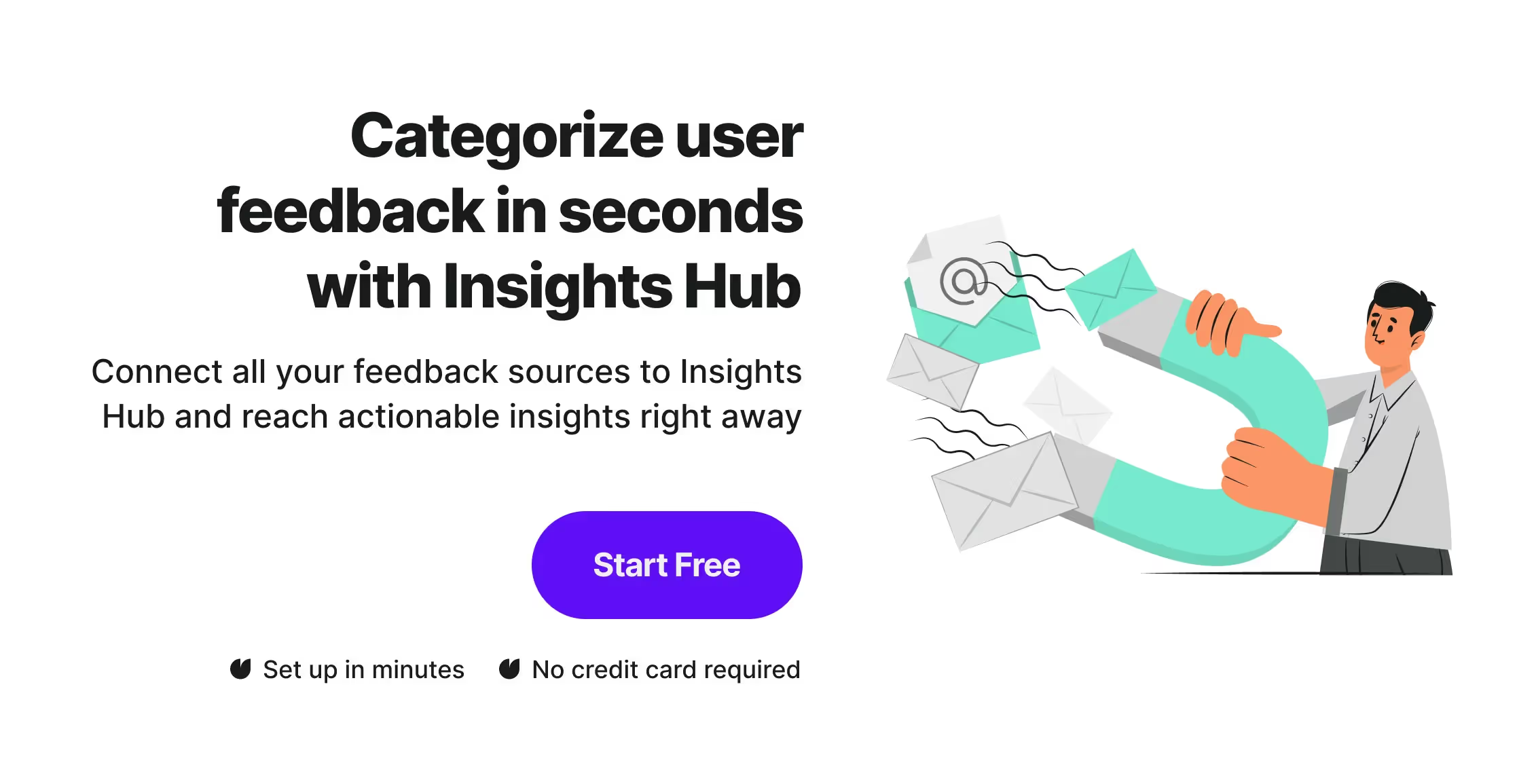
Updates and new features
Regularly update your app and roll out new features to maintain interest and relevance. Show existing users that you're committed to enhancing their experience with changelogs and feature announcements. Fresh content helps keep app users engaged, and new features often spark renewed user interest. Remember, an engaging and evolving app retains users more effectively than one that remains static.
Boost user acquisition with in-app surveys
To supercharge your mobile app user acquisition strategy in 2024, don't overlook the power of surveys. Survicate is a prime example of a tool that can help you seamlessly implement mobile in-app surveys to gather valuable insights from your users.
Conducting market research surveys can unveil key trends and preferences that will inform your growth strategy. Additionally, gathering product feedback through surveys allows you to identify areas for improvement and enhance user satisfaction. With Survicate, you can easily create and deploy these surveys without any hassle.
Ready to level up your mobile app acquisition game? Sign up to try Survicate for free for 10 days and unlock a wealth of valuable data to boost mobile app business growth. Don't miss out on this opportunity—sign up today!
You might also be interested in:









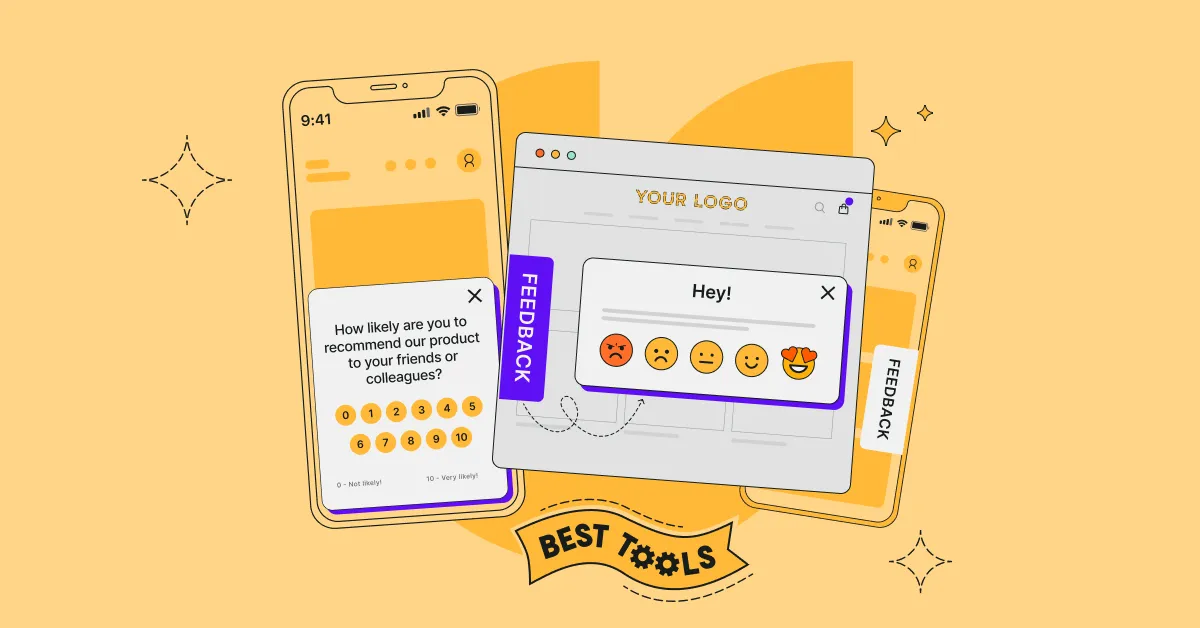
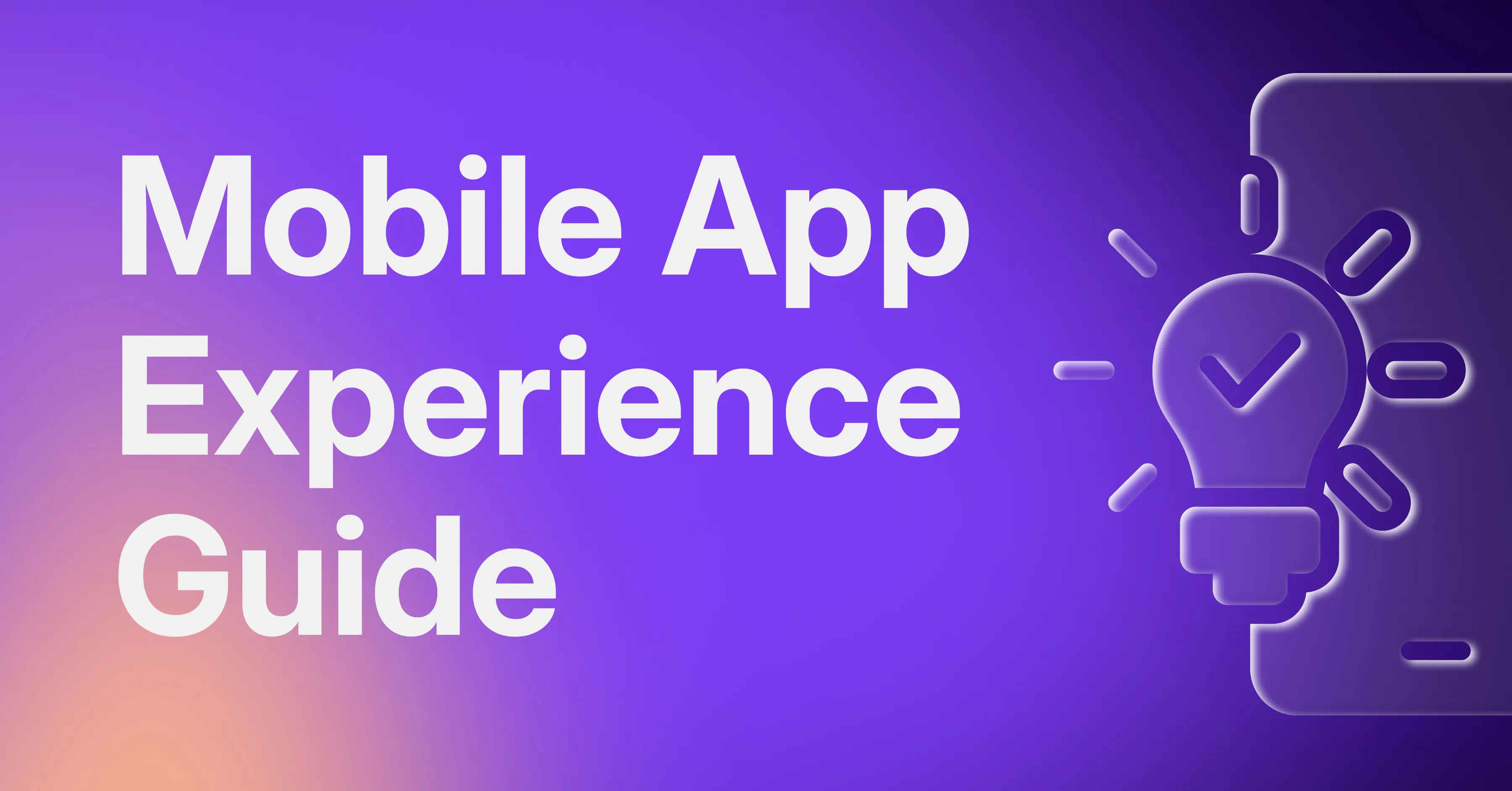
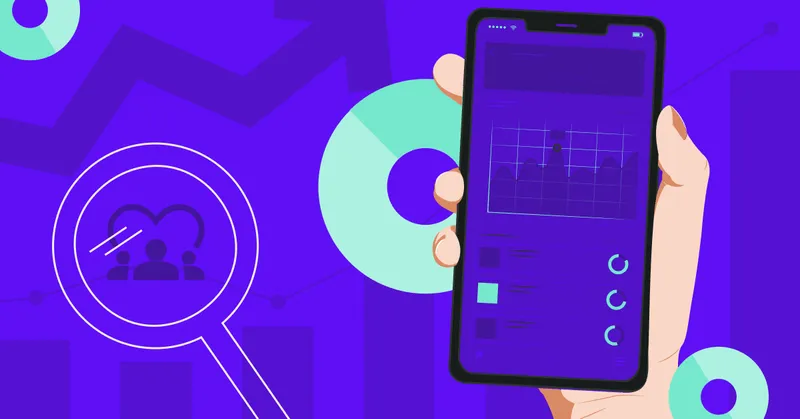


.svg)

.svg)



